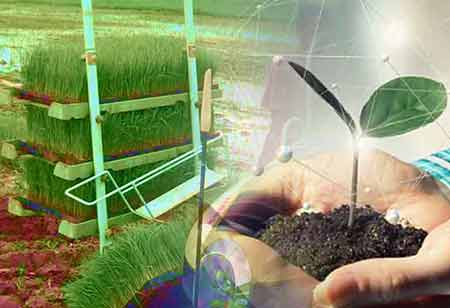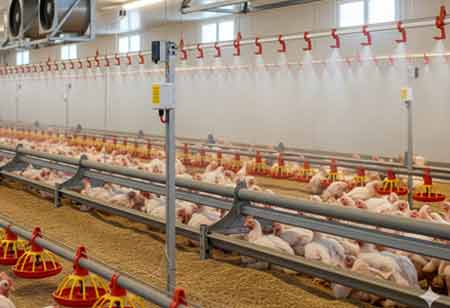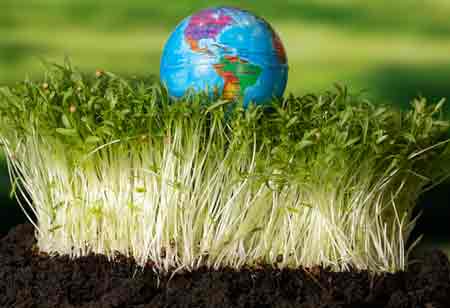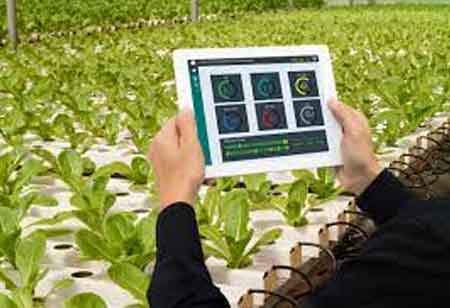Thank you for Subscribing to Agri Business Review Weekly Brief
Different Techniques for Vertical Farming

By
Agri Business Review | Tuesday, July 05, 2022
Stay ahead of the industry with exclusive feature stories on the top companies, expert insights and the latest news delivered straight to your inbox. Subscribe today.
Vertical Farming is in its infancy, but a few startups and agri-tech companies are striving to revolutionize the area by employing various strategies.
Fremont, CA: As urban populations continue to grow, inventors are searching for methods to feed everyone with less impact on our land and water resources than traditional farming. Vertical farming is one of these solutions that has been used globally. Vertical farming makes it simple to develop food crops in urban environments by planting in vertically stacked layers to conserve space, energy, and water.
The numerous benefits of vertical farming make it a viable technology for the future of agriculture. The acreage requirement is fairly minimal, water consumption is reduced by 80 percent, water is recycled and stored, no pesticides, and high-tech farms are not reliant on the weather.
Different techniques for vertical farming:
Hydroponics
It is a way of producing food without soil in water using mineral nutrient solutions. As its primary benefit, this strategy eliminates soil-related cultivation difficulties, such as soil-borne insects, pests, and illnesses.
Aeroponics
In the 1990s, NASA (the National Aeronautics and Space Administration of the United States) wanted to develop an effective way to grow plants in space, leading to aeroponics' invention. In aeroponics, there are no growing media and hence no plant containers. Instead of water, mist or nutrient solutions are utilized in aeroponics. As the plants are connected to a support and their roots are sprayed with nutrient solution, very little space, little water, and no soil are required.
Aquaponics
The phrase aquaponics is derived from the combination of two terms: aquaculture, which refers to fish farming, and hydroponics, the method used for growing plants without soil in order to develop symbiotic interactions between the plants and the fish. The symbiosis is created when nutrient-rich fish tank waste is used as "fertigate" on hydroponic crop beds. The hydroponic beds also serve as bio-filters that remove gases, acids, and chemicals from the water, such as ammonia, nitrates, and phosphates.





